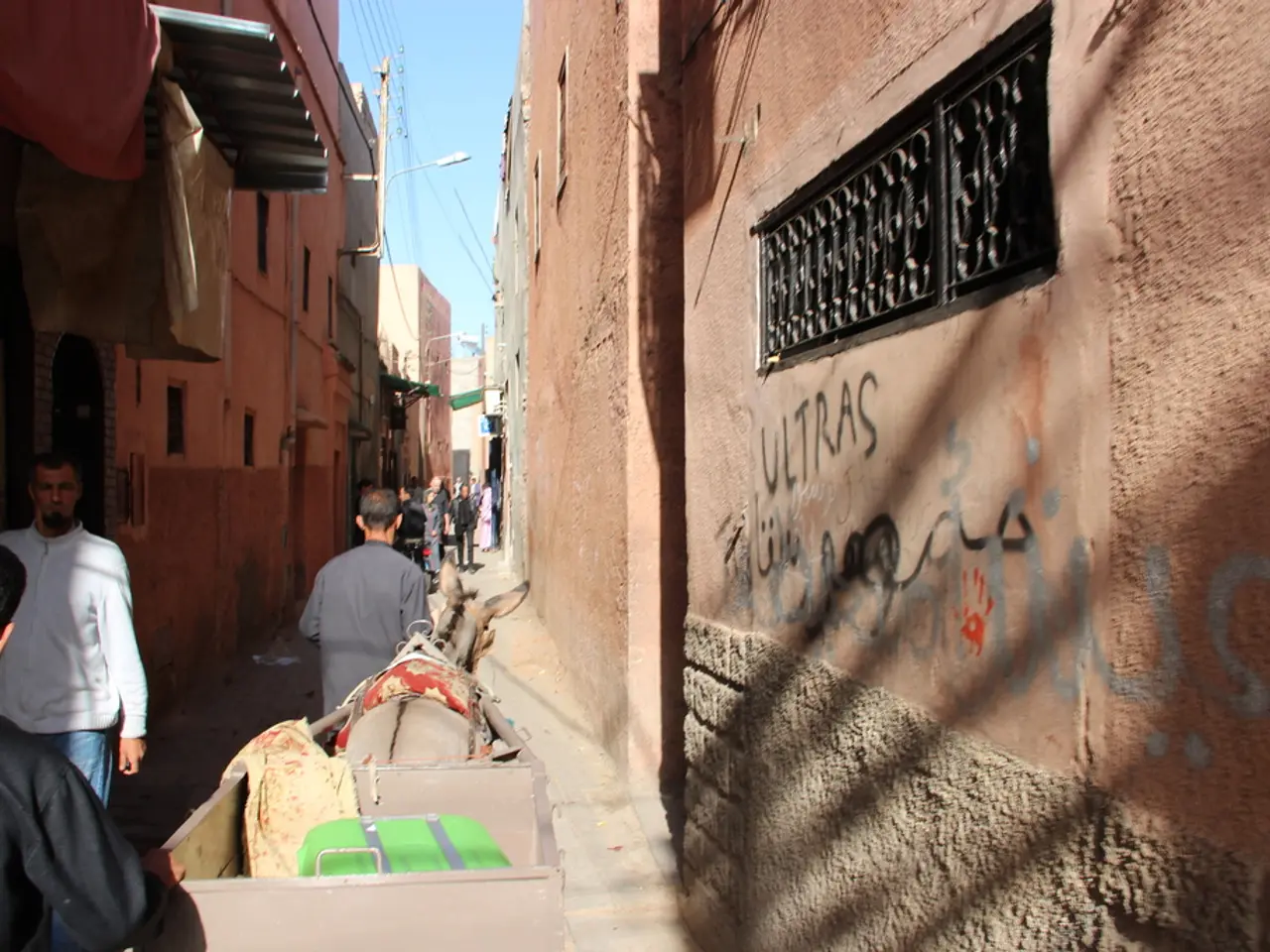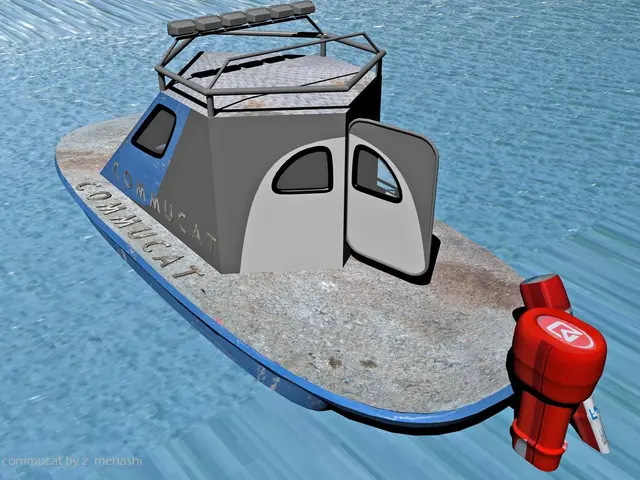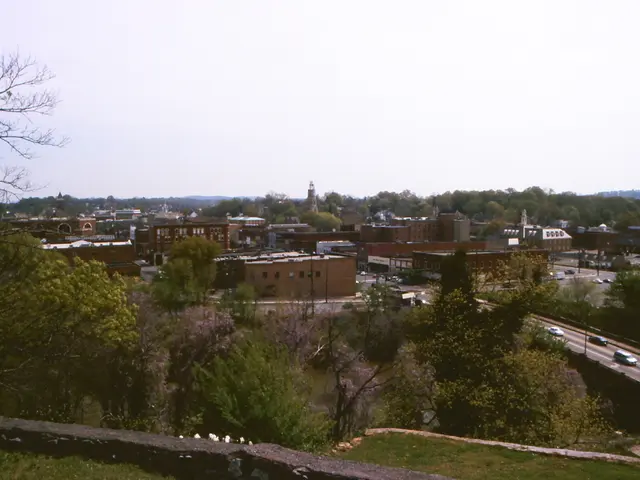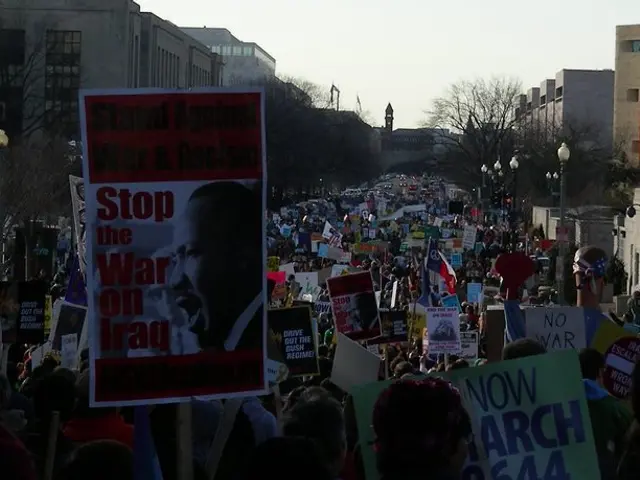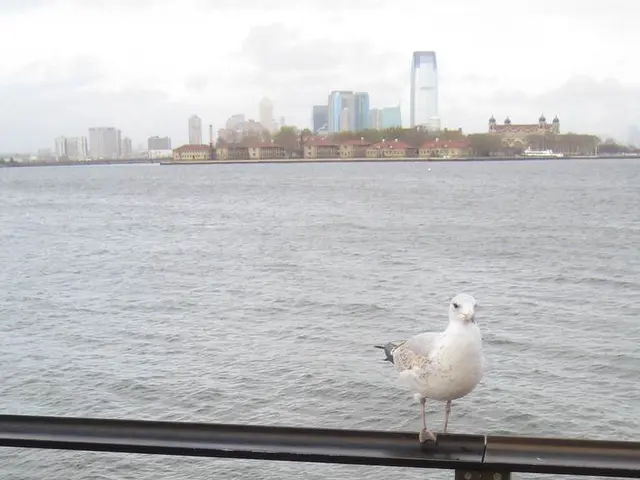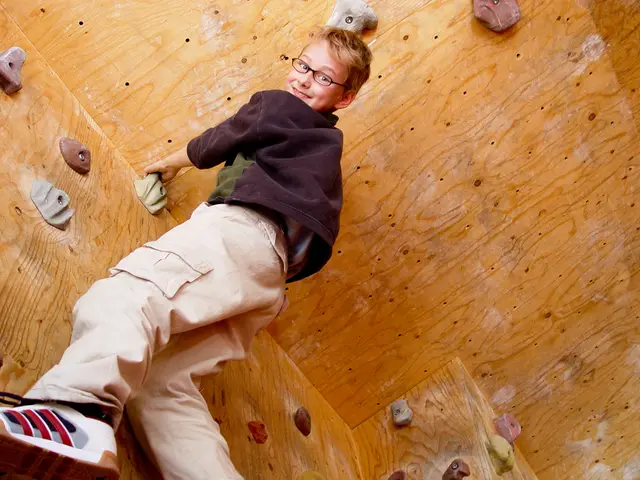Crossing Oceans: A Collision of Civilizations
Cultural Exchange Between Māori and Homalco Communities Strengthens Indigenous Ties Across the Pacific
The Māori communities in New Zealand and the Homalco First Nation in British Columbia have been forging a unique bond, rooted in their shared cultural, historical, and spiritual connections. This exchange, centred around the theme of connection by water, has been gaining momentum, with the latest event seeing 18 members of the Homalco First Nation travel to Aotearoa (New Zealand) to visit Māori iwi (tribes) [2][3].
This bond is founded on a mutual recognition of shared values, histories, and spiritual ties to the natural environment, particularly the ocean. Both Indigenous groups view their stewardship over land and water as interconnected [2]. The Nature Conservancy (TNC), an organization that works with Indigenous and local communities to support local conservation goals globally, has played a facilitating role in this Indigenous-led cultural exchange and collaboration [2][3].
The exchange visits enable direct sharing of traditions, stories, and environmental stewardship practices. For instance, the Homalco are currently visiting eight different Māori communities across New Zealand, learning from each other and strengthening their ties [1]. This cultural exchange is a follow-up from 2019, when a delegation of Māori visited First Nations in British Columbia for a similar exchange [3].
Both the Māori and the Homalco have a shared history of being colonized by the British, and they have lost control of their lands as a result. However, they are actively reclaiming their traditions and working on reviving their languages [1]. The mountains are seen as their ancestors by both communities [1].
An individual, who grew up with an English father and a Māori mother, is currently acting as a liaison between Māori communities and government entities on issues of conservation and culture. This person has been instrumental in bridging the two communities living on opposite sides of the Pacific Ocean, collectively known as Te Moana Nui-a-Kiwa [1].
This ongoing cultural and environmental exchange embodies a recognition of solidarity and shared Indigenous identity across Pacific geographies [1][2][3]. It is a testament to the resilience and determination of these communities to preserve and celebrate their cultural heritage, despite the challenges posed by colonization and forced assimilation programs [1].
The cultural exchange between Māori and Homalco communities broadens beyond indigenous ties across the Pacific, incorporating elements of travel and lifestyle as participants explore each other's territories and adopt cultural-travel experiences.
The cultural exchange, involving sharing of traditions, stories, and environmental stewardship practices, fosters a lifestyle of conservation and cultural preservation, combining travel with a deeper understanding of shared Indigenous histories.
